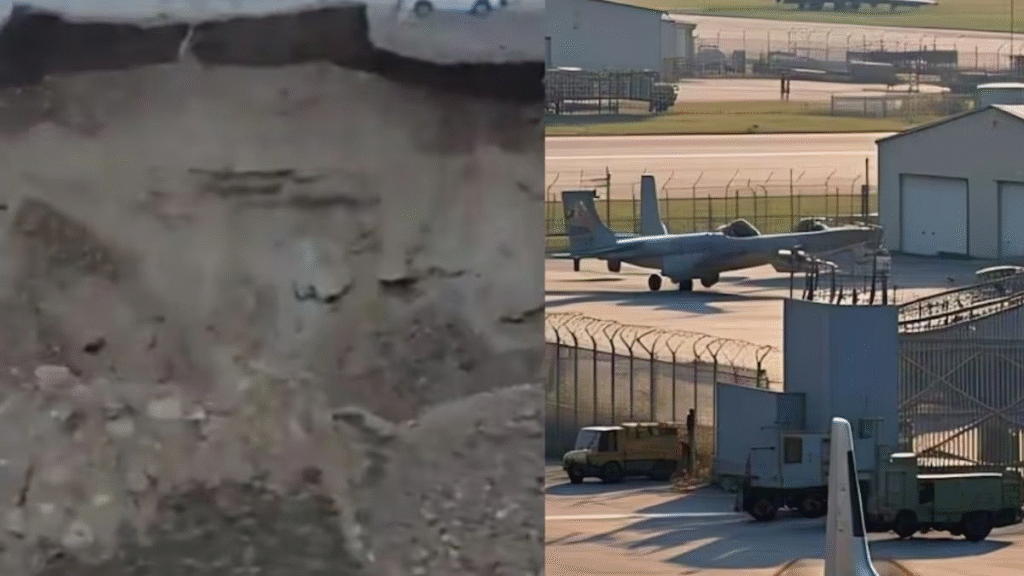India Strikes Four Pakistani Airbases
On May 9–10, 2025, the Indian Air Force (IAF) conducted precision airstrikes on four key Pakistani airbases, including PAF Base Murid, as part of a retaliatory operation against Pakistan’s drone and missile attacks. the IAF targeted four Pakistan Air Force (PAF) bases: Murid in Chakwal District, Nur Khan in Rawalpindi, Rafiqui in Jhang District, and Sargodha Air Base in Punjab.
Murid Airbase, Chakwal, Pakistan 🔥
— SCR 🇮🇳 (@JJ_JK_SSH) May 9, 2025
Least but not the last. 😛#IndiaPakistanWar pic.twitter.com/MrFSM9K0Wu
These strikes were a response to Pakistan’s earlier drone and missile attacks on Indian territory, including military sites in Jammu and civilian areas. Indian officials reported that the strikes disabled key operational assets, radar systems, and drone infrastructure at Murid, with satellite imagery showing significant damage, including smoke and destroyed hangars. Nur Khan, near Islamabad, sustained damage to its logistical hub, while Rafiqui’s runways and facilities were hit. Sargodha, a major PAF base, also faced strikes, though details remain limited. Pakistan acknowledged “material damage” but claimed most assets were safe, a statement contradicted by visible evidence of destruction.
Why Were These Four Airbases Targeted?
The targeted bases play critical roles in Pakistan’s military operations. PAF Base Murid, located in Chakwal, is a hub for drone operations, housing UAVs like the Shahpar-1 and Bayraktar TB2, and supports air surveillance and pilot training. Nur Khan, in Rawalpindi, is a strategic logistics center near the capital, vital for transport and coordination. Rafiqui, in Jhang, features a 10,000-foot runway and serves as a key operational base in Punjab. Sargodha Air Base, one of Pakistan’s largest, hosts advanced fighter jets and missile systems, making it a high-value target. India aimed to disrupt Pakistan’s aerial capabilities, particularly its drone activities, which were linked to recent cross-border attacks. The strikes underscore India’s intent to weaken Pakistan’s northern air defense network and deter further aggression following Operation Sindoor on May 7.
What Are the Broader Implications of These Strikes?
The airstrikes on Murid, Nur Khan, Rafiqui, and Sargodha highlight vulnerabilities in Pakistan’s air defense, as it failed to intercept most Indian munitions. The conflict has escalated tensions, with Pakistan launching Operation Bunyan al-Marsus in retaliation, targeting Indian bases like Pathankot. The economic fallout in Pakistan is severe, with its stock market crashing and the nation seeking global help to de-escalate. International calls for restraint from the U.S., UN, and Gulf states have intensified, amid fears of a nuclear escalation. The strikes also reflect the growing role of advanced technology, like drones and precision missiles, in this rivalry, pushing both nations toward a dangerous brink. Diplomatic efforts are crucial to prevent further conflict and address underlying issues like cross-border terrorism.





















